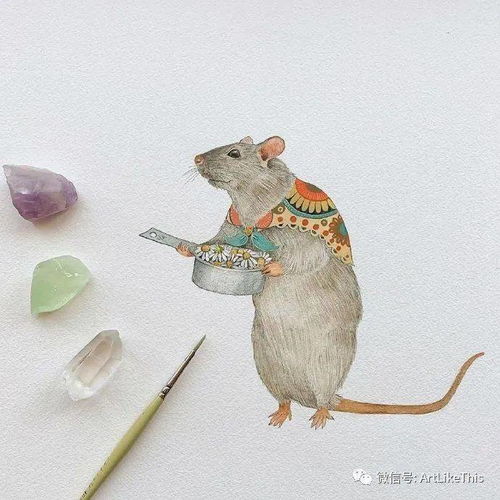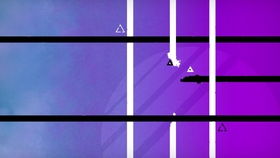How to Master the Art of Luring Big Roosterfish: Expert Fishing Techniques
Roosterfish, known for their striking appearance and fierce fighting spirit, are a sought-after catch for anglers around the world. These majestic creatures, characterized by their long, pointed snouts and vibrant colors, can be quite a challenge to catch. However, with the right techniques and a bit of patience, you can increase your chances of landing a big roosterfish. In this article, we'll delve into the art of luring big roosterfish and provide you with expert fishing techniques to help you succeed.
Understanding Roosterfish Behavior
Before you can effectively lure a big roosterfish, it's crucial to understand their behavior. Roosterfish are typically found in tropical and subtropical waters, often near rocky reefs, coral heads, and shipwrecks. They are known to be highly territorial and are often seen cruising in search of food, which includes small fish, crustaceans, and squids.
Choosing the Right Equipment
To target big roosterfish, you'll need the right equipment. Here's what you should consider:
Rod and Reel: A medium-heavy to heavy-duty rod with a fast action is ideal for roosterfish. The reel should be capable of handling 30-50 pounds of drag and be equipped with a quality drag system to handle the fish's powerful runs.

Line: Use 30-50 pound test monofilament or braided line for the mainline. For leaders, a 20-30 pound test fluorocarbon leader is recommended to reduce visibility in the water.
Hooks: Big roosterfish have strong jaws, so use a 7/0 to 9/0 circle hook. These hooks are designed to hold securely without tearing through the fish's mouth.
Lures: Soft plastics, such as stickbaits, swimbaits, and jigs, are effective for roosterfish. Choose lures that mimic the movements of small fish or crustaceans.
Techniques for Luring Big Roosterfish
Locate the Schools: Start by scanning the water for signs of roosterfish, such as splashes, boils, or fish jumping. Once you locate a school, approach slowly and carefully to avoid spooking them.
Work the Lure: Cast your lure into the water and let it sink to the desired depth. Once it reaches the bottom, start retrieving it in a steady, erratic motion. The key is to mimic the natural movements of prey, such as a struggling fish or a crustacean.
Adjust Your Retrieve: Pay attention to the water conditions and adjust your retrieve accordingly. In clear water, a slower, more subtle retrieve may be more effective. In murky water, a faster, more aggressive retrieve can work better.
Use the Current: Roosterfish often follow currents, so use the current to your advantage. Cast into the current and let your lure drift with it, then work it back against the current.
Be Patient: Big roosterfish can be unpredictable, and they may not strike on the first cast. Be patient and keep working the area, changing your lure and retrieve technique if necessary.
Handling and Release
Once you've landed a big roosterfish, it's important to handle the fish with care to ensure its survival. Here are some tips:
Use a Landing Net: A landing net can help you safely land the fish without damaging its scales or fins.
Keep the Fish in the Water: Keep the fish in the water as much as possible to prevent stress. Use a dehooker to remove the hook without handling the fish's mouth too much.
Release the Fish: If you're not planning to keep the fish, release it as quickly and gently as possible. Use a release tool to ensure the hook is removed safely.
Conclusion
Luring big roosterfish can be a rewarding and challenging experience. By understanding their behavior, choosing the right equipment, and employing effective techniques, you can increase your chances of success. Remember to handle the fish with care and release it if you're not planning to keep it. With practice and patience, you'll become a master at luring these magnificent creatures. Happy fishing!












